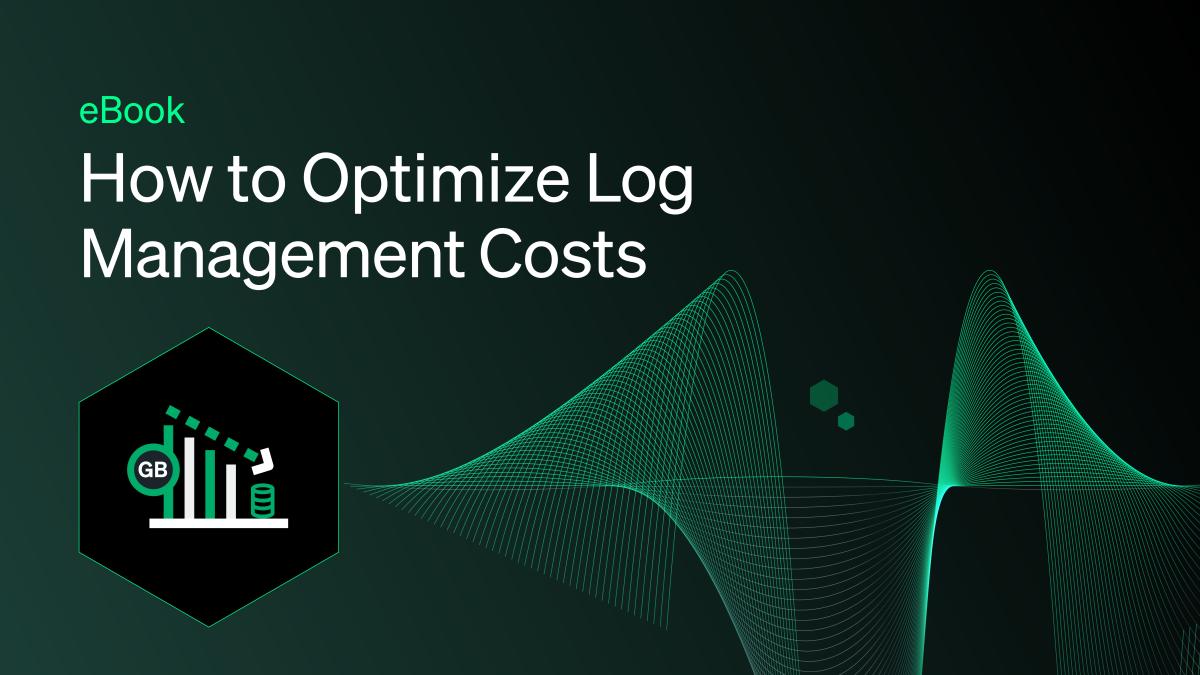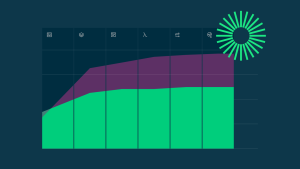
How to Optimize Log Management Costs
Future-proof cloud adoption and avoid a data explosion doubling your bill.
View this ebook to learn how to future-proof your cloud adoption and avoid high data bills. Topics include:
- The definition of telemetry data and why it's the biggest variable cost for observability
- How doubling your data ingest can double your bill
- The importance of a low, incremental data cost per GB
- Common observability billing and pricing traps
- A logs cost comparison for Amazon CloudWatch vs New Relic, Datadog vs New Relic, ELK vs New Relic, and Sumo Logic vs New Relic
- How to optimize your data ingest
- The advantages of usage-based pricing and billing


